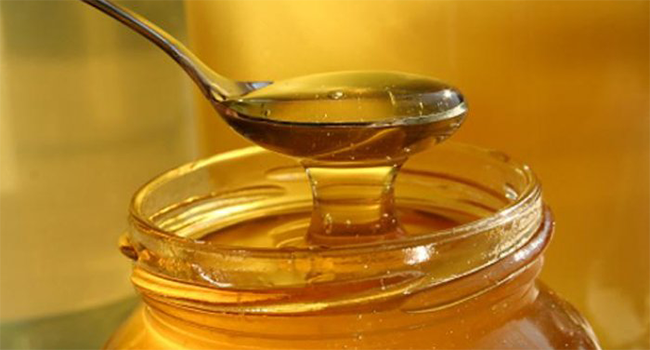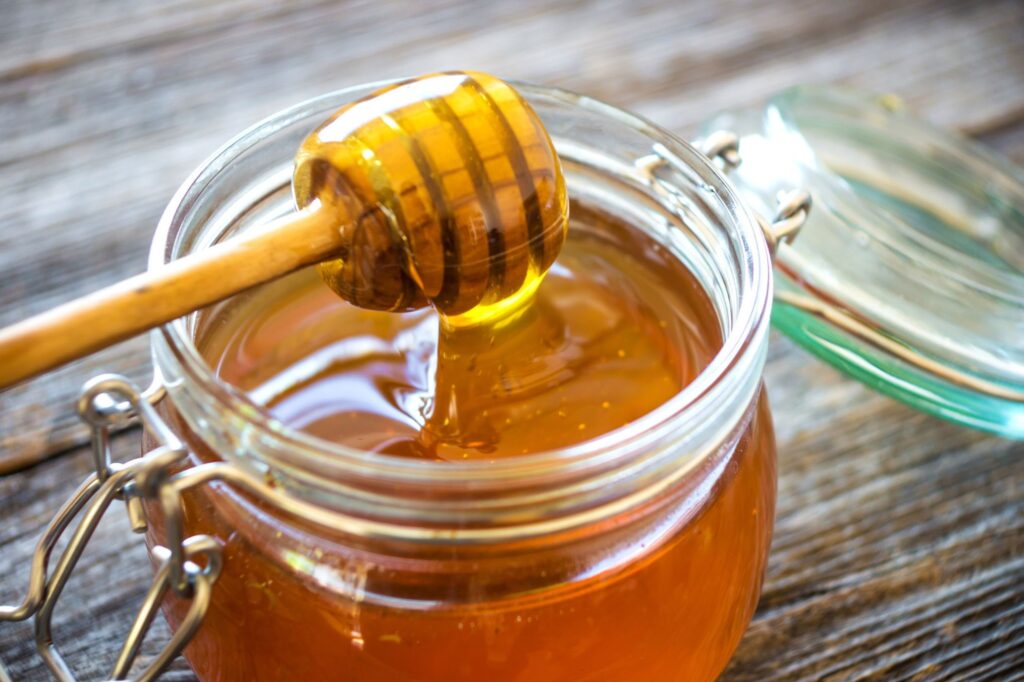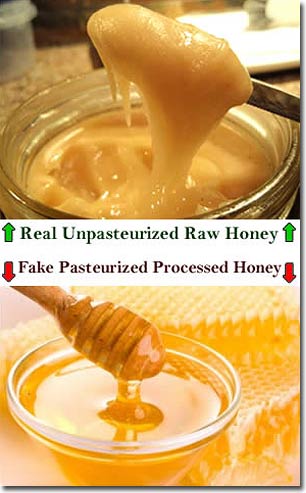
In the fascinating world of honey, there has been a growing buzz about processed honey and its perceived decrease in sweetness. Many honey lovers are questioning whether processed honey truly lives up to its naturally sweet reputation. Join us as we explore the truth behind this sticky debate and uncover the facts about processed honey’s sweetness levels. Prepare to be surprised by what you learn about this beloved golden nectar!
1. What is Processed Honey?
1.1 Defining Processed Honey
Processed honey refers to honey that has undergone certain treatments or modifications before it reaches the consumer. This can involve various methods such as filtration, pasteurization, ultrafiltration, and heat treatment. The purpose of processing honey is to improve its shelf life, enhance clarity, reduce crystallization, and remove impurities. While these processes may alter the physical characteristics of honey, it is important to understand the potential implications in terms of sweetness, nutritional properties, taste, and overall quality.
1.2 Processing Methods
There are several processing methods applied to honey to achieve different outcomes. Filtration involves the removal of impurities such as bee wings, pollen grains, and beeswax particles to enhance clarity. Pasteurization is a heat treatment process that involves heating honey to a specific temperature to kill any potential harmful microorganisms. Ultrafiltration is a more intensive filtration method that removes fine particles and even certain beneficial components, such as pollen and enzymes. Heat-treated honey refers to honey that has been exposed to high temperatures for a prolonged period to delay crystallization.
2. The Sweetness Factor
2.1 Understanding Sweetness in Honey
The sweetness of honey is primarily attributed to its natural sugars, mainly fructose and glucose. However, other factors such as floral source, geographical location, and processing methods can influence the perceived sweetness. The unique combination of sugars and other components in honey contributes to its distinct taste profile, ranging from mild and delicate to rich and robust.
2.2 Impact of Processing on Sweetness
Processing methods can potentially affect the sweetness of honey. For instance, ultrafiltration, which removes some of the natural components, may result in honey that is perceived as less sweet due to the reduced presence of certain sugars and flavor-enhancing compounds. On the other hand, heat-treated honey may undergo caramelization, enhancing its sweetness and imparting a distinct flavor.

3. Nutritional Properties
3.1 Nutritional Composition of Honey
Honey is known for its nutritional properties as it contains carbohydrates, trace amounts of vitamins and minerals, and antioxidants. It also possesses antimicrobial and anti-inflammatory properties. The exact nutritional composition of honey can vary depending on factors such as floral source, processing methods, and collection techniques.
3.2 Changes in Nutritional Content Due to Processing
Certain processing methods can impact the nutritional content of honey. The removal of pollen and enzymes during ultrafiltration can result in a reduction of their corresponding health benefits. Additionally, heat treatment may potentially degrade certain heat-sensitive vitamins and enzymes present in honey, thereby affecting its nutritional value.
4. Types of Processed Honey
4.1 Pasteurized Honey
Pasteurized honey refers to honey that has been subjected to heat treatment to destroy potential harmful microorganisms. This process helps improve the microbial safety and shelf life of honey. However, while pasteurization offers benefits in terms of food safety, it can also lead to changes in the taste, aroma, and nutritional properties of honey.
4.2 Filtered Honey
Filtered honey undergoes a filtration process to remove impurities and achieve a clearer appearance. By removing fine particles such as beeswax and bee wings, filtered honey aims to provide consumers with a visually appealing product. However, this process can also result in the elimination of certain desirable components, including pollen grains, which are known to contribute to the nutritional value of honey.
4.3 Ultrafiltration
Ultrafiltration is a more intensive filtration method that removes even finer particles from honey, including pollen and some enzymes. While it can enhance the clarity and uniformity of honey, ultrafiltration may also lead to a decline in the nutritional content and flavor complexity of the final product.
4.4 Heat-Treated Honey
Heat-treated honey involves subjecting honey to high temperatures for an extended period, altering its physical and chemical properties. This process helps delay crystallization and extend the shelf life of honey. However, heat treatment can also cause caramelization, resulting in changes to the color, taste, and aroma of honey.

5. Taste and Flavor Differences
5.1 Degradation of Natural Flavors
Processing methods, particularly those involving heat, can potentially lead to the degradation of the natural flavors present in honey. Heat exposure during pasteurization or heat treatment can cause chemical reactions that alter the honey’s flavor profile. This can result in a loss of the delicate floral or fruity notes that contribute to the complexity of honey’s taste.
5.2 Additives and Flavor Enhancers
Some processed honey may include additives or flavor enhancers to compensate for any flavor degradation caused by processing. These additives are used to restore or enhance the taste, aroma, and overall appeal of the honey. While they may provide a consistent and standardized flavor, it is essential to consider the source and quality of these additives to ensure the overall integrity of the product.
6. Commercial Factors
6.1 Marketing Strategies
The marketing of processed honey often focuses on its uniform appearance, extended shelf life, and convenience of use. Manufacturers highlight the benefits of processed honey, such as reduced crystallization and improved microbial safety, to attract consumers who prioritize these factors in their purchasing decisions. However, it is crucial for consumers to understand the potential trade-offs in terms of taste, nutrition, and overall quality.
6.2 Consumer Preferences
Consumer preferences for honey can vary significantly, with some individuals seeking out specific floral sources or favoring raw and unprocessed honey. However, the convenience and availability of processed honey often make it a popular choice for many consumers. Balancing personal preferences, nutritional considerations, and the desired usage of honey can help individuals make informed choices when selecting between processed and other types of honey.

7. Health Considerations
7.1 Microbial Safety
One of the primary reasons for processing honey is to enhance its microbial safety. Pasteurization and heat treatment methods effectively destroy potential harmful microorganisms, reducing the risk of foodborne illnesses. However, it is essential to note that raw honey, which has not undergone any processing, also possesses certain natural antimicrobial properties, making it a safe option for consumption for most individuals.
7.2 Antioxidant Properties
Honey contains antioxidants, which are beneficial compounds that can help neutralize harmful free radicals in the body. While processing methods may alter the antioxidant content of honey, studies have shown that both processed and raw honey can exhibit antioxidant activity, albeit with potential differences in levels. Ultimately, the processing method chosen should be assessed in conjunction with other factors such as nutritional content and personal health needs.
8. Environmental Impact
8.1 Sustainability Issues
The processing of honey can have environmental implications. Energy consumption associated with pasteurization and heat treatment methods contributes to greenhouse gas emissions and overall carbon footprint. Additionally, intensive filtration techniques, such as ultrafiltration, result in the production of waste material that requires appropriate disposal. Considering the environmental impact of processing methods is crucial for promoting sustainable honey production and consumption.

9. Local Honey vs. Processed Honey
9.1 Benefits of Local Honey
Local honey, often produced by small-scale beekeepers, offers several potential benefits. It is commonly associated with specific floral sources, giving it a unique taste and potential therapeutic properties due to the presence of local pollen. Supporting local beekeepers also contributes to the conservation of pollinators and the preservation of biodiversity in the surrounding areas. Moreover, purchasing local honey promotes local economies and reduces the overall environmental impact associated with long-distance transportation.
9.2 Comparing Local Honey and Processed Honey
When comparing local honey with processed honey, it is important to consider personal preferences, potential health benefits, and the desired usage of honey. Local honey’s distinct flavors and potential therapeutic properties may appeal to individuals seeking a more natural and unique product. Processed honey, on the other hand, provides convenience, extended shelf life, and enhanced clarity. Both options have their merits, and ultimately, it comes down to individual preferences and priorities when choosing between them.
10. Conclusion
Processed honey undergoes various treatments and modifications to enhance certain characteristics such as shelf life, clarity, and microbial safety. These processes can impact the sweetness, nutritional content, taste, and overall quality of honey. While processing methods may reduce sweetness and potentially alter the flavor profile, they can also improve microbial safety and extend shelf life. Understanding the implications of processing methods, considering personal preferences and health needs, and supporting sustainable and local honey production are crucial when making decisions about honey consumption. Whether choosing local honey or processed honey, it is possible to find a product that meets individual preferences while appreciating the unique qualities of this delicious and versatile natural sweetener.